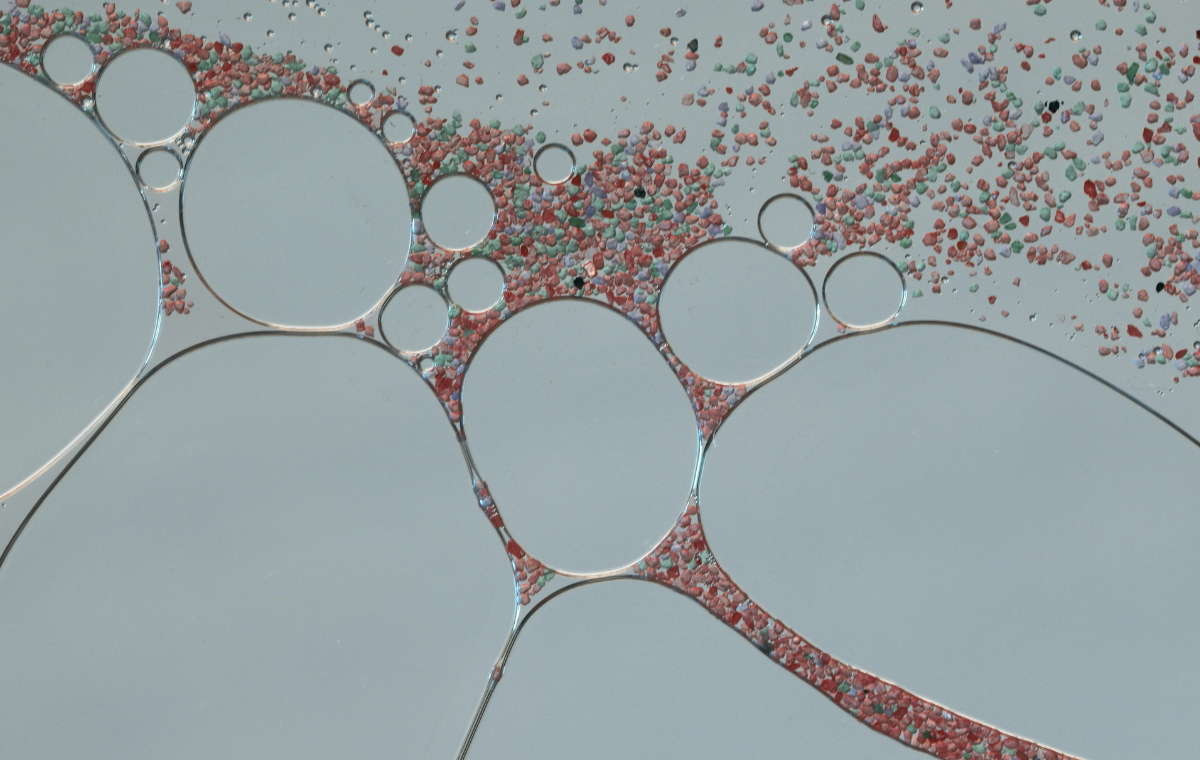Reversing the aging process with telomerase

In 2010, De Pinho and his team from Harvard University demonstrated that lengthening telomeres reverses aging in mice. It was the first time that the aging process had been reversed in mammals.
In the experiment above, activating the telomerase enzyme that protects DNA ends in aged mice reversed damage caused by aging. In mice where telomerase was activated, brain and testis structure were restored, fertility was restored, and lost cognitive function returned.
Reverse® nutritional supplement was designed after research by Dr. Tsoukalas MD, Ph., to identify natural ingredients that activate the protective enzyme telomerase.
In the recent study, published under the title "A novel nutraceutical formulation increases telomere length and activates telomerase activity in middle-aged rats," it was shown that the administration of the nutritional supplement Reverse® activates telomerase in middle-aged mice and restores its activity to levels similar to those of young mice.
The activation of the enzyme is accompanied by the restoration of the brain's structure and other tissues and the restoration of cognitive function. The study continues Dr. Tsoukala's long-term research on telomeres and their elongation.
The discovery that telomeres act as a biological clock and regulate the rate of aging was awarded the Nobel Prize in Medicine in 2009. Telomeres are the ends of chromosomes. Their primary function is to protect DNA. During life, they gradually shrink and affect the organism's functioning.
Telomere shortening is one of the most critical factors in regulating the biological mechanisms that regulate the rate of aging as they shrink with age. Shorter telomeres are also associated with increased risk for various diseases and mortality.
On the contrary, longer telomeres are associated with better health. The discovery of natural ingredients and molecules that enhance telomere repair processes is essential in the fight against aging.



